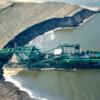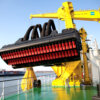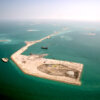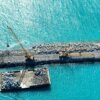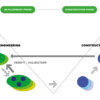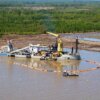Identifying all stakeholders and bringing them into the project development process as soon as possible is a crucial step in ensuring a successful outcome.
Stakeholders are shareholders
All stakeholders in a major maritime project are shareholders because they share a common interest in the success of the project. Stakeholders may be individuals or organisations, public or private, but each has specific concerns and information. They also have unique knowledge of the project from many different sides of the issues.
Consensus
One reason to identify all stakeholders is that this will give them an opportunity to point out problematic issues that the client and contractor may not be aware of. It gives them the chance to confront issues as challenges and help in finding suitable solutions.
Identification of all stakeholders encourages these parties to “buy in” to a project and that may eventually make the difference between having a group of partners supporting the development, rather than having a group of organisations in opposition to development. Whilst this process takes more time upfront, finding a consensus amongst stakeholders will allow a project to run more smoothly and will save time in the long run.
Types of Stakeholders
Stakeholders for any given project may include:
- politicians on local, national or international levels;
- financiers like bankers, also on local, national or international institutions;
- activists and pressure groups;
- contractors who are working on the project;
- consultants hired as advisers with specific pools of knowledge;
- administrators and standards institutes that regulate projects
– owners who are responsible for the project; and - polluters, who may have to contribute to remediation efforts and costs.
Systematic approach
To fully utilise the information that stakeholders can provide, a system should be in place that allows time for the analysis of potential challenges and time for all parties to react. Such a system would include:
- identifying the challenges and raising awareness;
- searching for solutions which will require input from all interested parties, including risk analysis and probability studies;
- implementation of the solution, which will lean heavily on the expertise of the contractor; and finally,
- management of the works following guidelines and procedures that have been previously established.
By identifying stakeholders during the planning of the project and inviting them into the decision-making process, many obstacles can be overcome and a dredging project can be implemented in a smooth and timely fashion.


